
“6G is expected to be commercially available around 2030 in China, and 3GPP is expected to start standardizing 6G in 2025,” said Huang Yuhong, head of the China Mobile Research Institute. 3GPP is an international organization for developing telecommunications technology.
Chinese network's progress
6G research and development (R&D) has reached a critical breakthrough stage. China Mobile, the world's largest telecom operator by mobile subscribers, successfully launched the world's first satellite to test 6G architecture in February, marking a milestone in its efforts to explore the integration of space and ground communications technology.
The low-orbit test satellite is the first satellite to use the 6G design architecture, jointly developed by China Mobile and the Micro-Satellite Innovation Academy of the Chinese Academy of Sciences .
China Mobile said the system uses domestic software and hardware, supports on-orbit software reconstruction, flexible deployment of core network functions and automatic management, and improves the efficiency and reliability of on-orbit satellite core network operations.
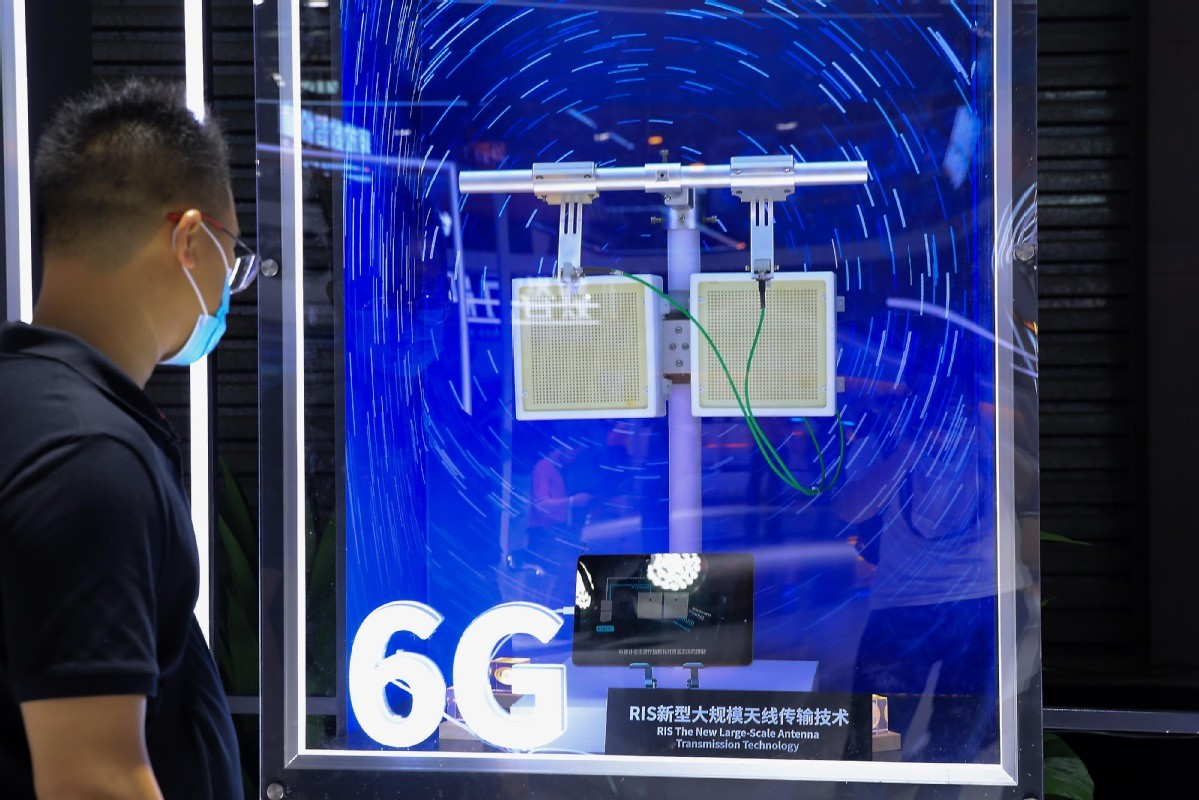
Operating at an altitude of approximately 500 km above the Earth's surface, these satellites offer advantages such as low latency and high data rates compared to high-orbit satellites. As an important foundation for future integrated space-ground networks, low-orbit satellites can address the gap in telecommunications signal coverage of terrestrial mobile networks, providing higher bandwidth satellite Internet services globally.
China Mobile plans to conduct orbital experiments based on these experimental satellites, accelerating the integration and development of space-to-ground technologies.
"To commercialize 6G by 2030, the base stations that form the 6G network should be ready around 2029," Huang added.
The global 6G market is expected to reach $340 billion by 2040, growing at a compound annual growth rate of over 28% from 2031 to 2040, according to a report by market analysis firm Market Research Future.
The Asia- Pacific region, especially China, which is paying more attention to satellite communications and related technological innovations, will lead the trend, the report said.
China Unicom, another major Chinese telecom, is also working hard to explore key potential technologies for 6G. The company expects to complete technical research and explore early application scenarios for 6G technology by 2025.
China Unicom said it will promote close cooperation between the industry, the academic community and research institutes to realize innovation in 6G network architecture and technology.
Chinese companies have worked closely with international organizations to set standards for 3G, 4G, and 5G technologies in the past. They should continue to do so to set unified global 6G standards.
Important upgrade for 5G
While commercial applications of 6G are still a few years away, Chinese telecom companies are also working hard to develop 5G-Advanced, or 5G-A, technology. This is a major upgrade of 5G networks in terms of functionality and coverage, paving the way for 6G technologies. For example, 5G-A has a maximum downlink speed of 10 gigabits to meet increasingly diverse service requirements.
Wang Tao, Senior Director of Huawei Technologies, shared that more than 60 global operators and partners have announced 5G-A this year. More than 30 5G-A-enabled devices are expected to launch in 2024, marking a milestone in the digital era.
According to Mr. Wang, 5G-A is a way for the industry to protect existing investments while creating new business opportunities. He called for continuous improvement of 5G-A technology to maintain the health and vitality of the 5G industry and realize the technology's vision of changing society.
As the commercial deployment of 5G-A accelerates, AI is also bringing new opportunities to the telecommunications industry. Huawei's leadership commented that 2024 marks the convergence of 5G-A and on-device AI, heralding the era of mobile AI where intelligent services become ubiquitous.
(According to Chinadaily, Rcrwireless)
Source: https://vietnamnet.vn/cac-nha-mang-trung-quoc-dang-lam-gi-de-hien-thuc-hoa-cong-nghe-6g-2310172.html



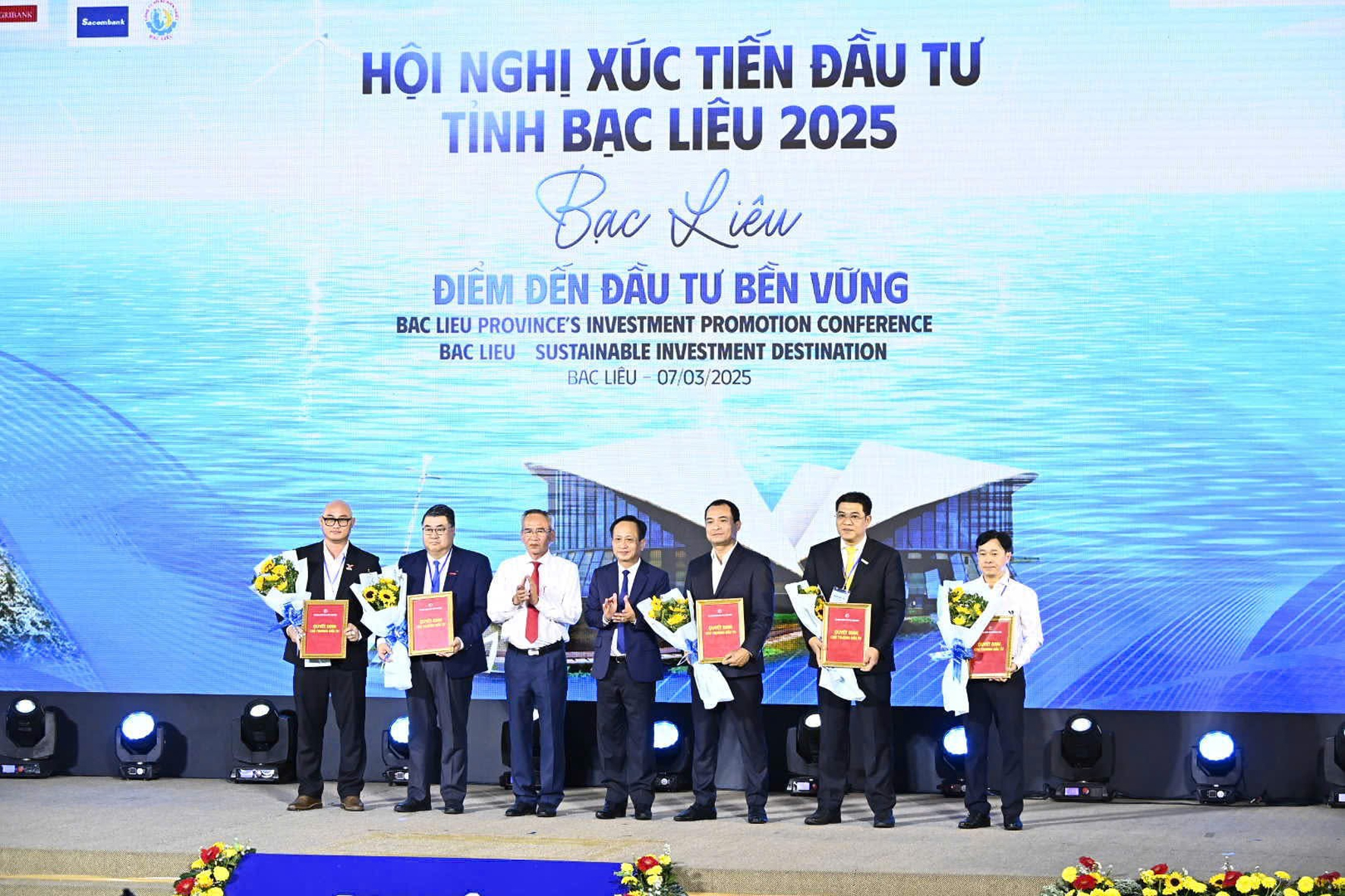
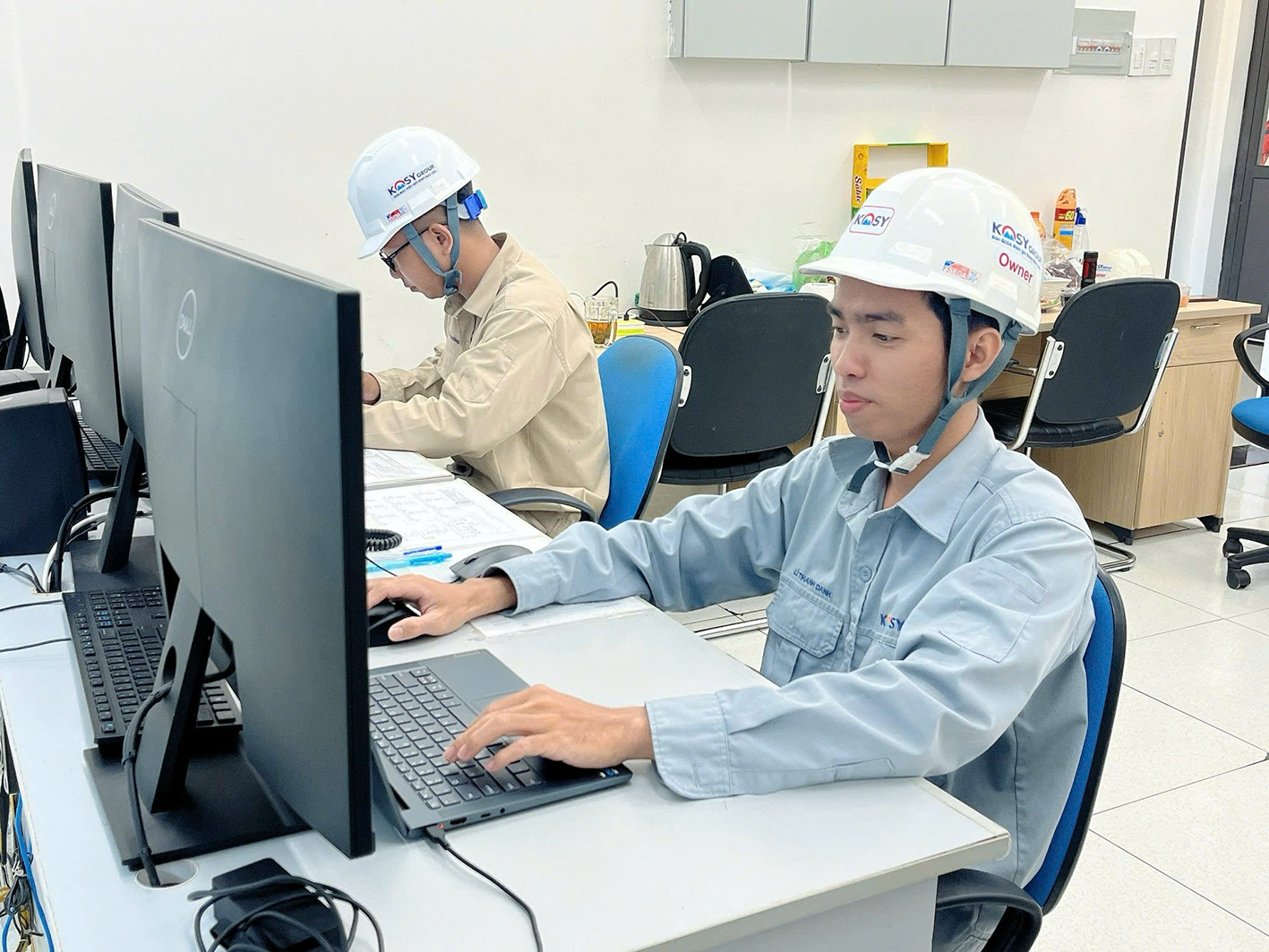



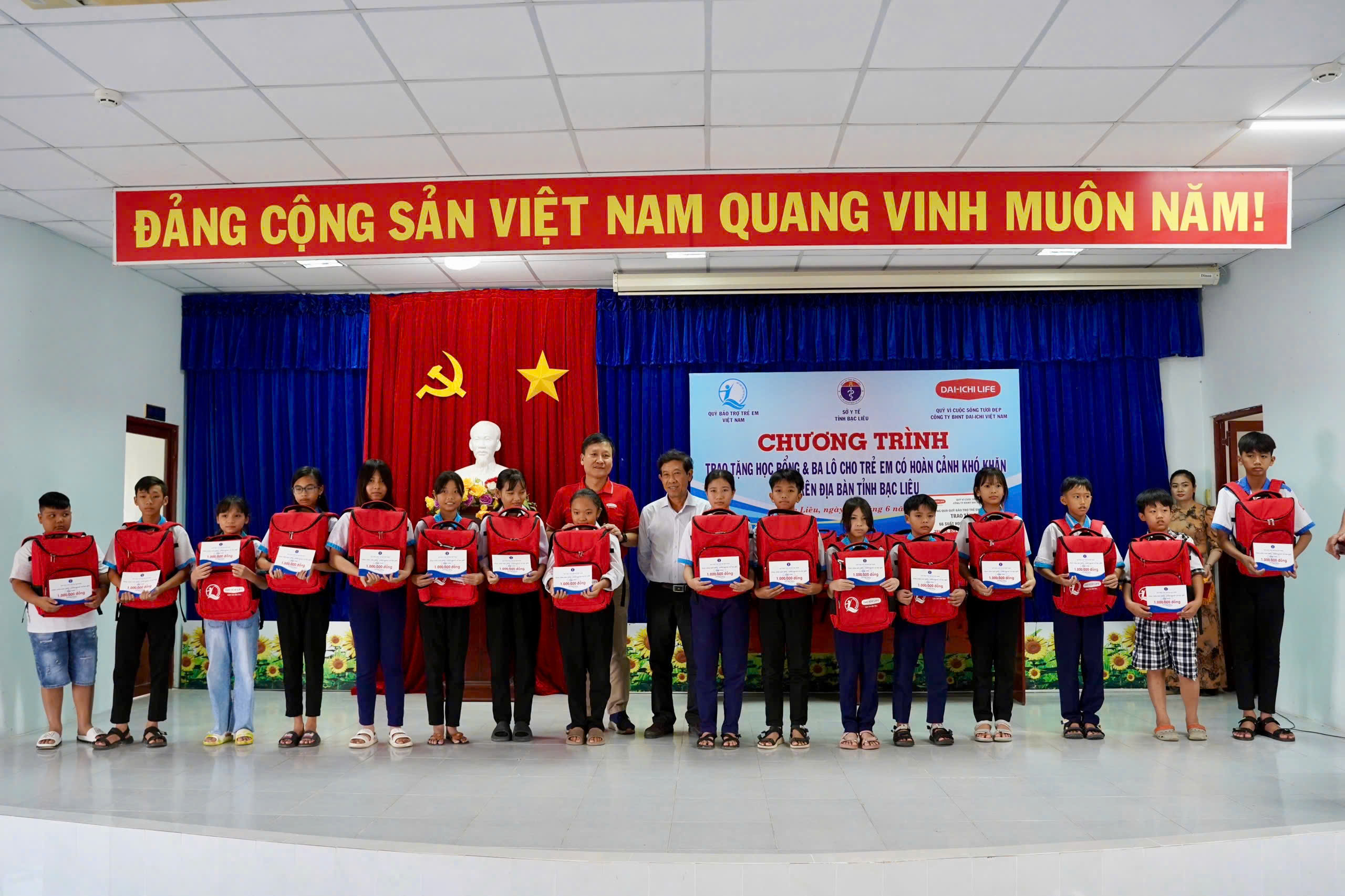

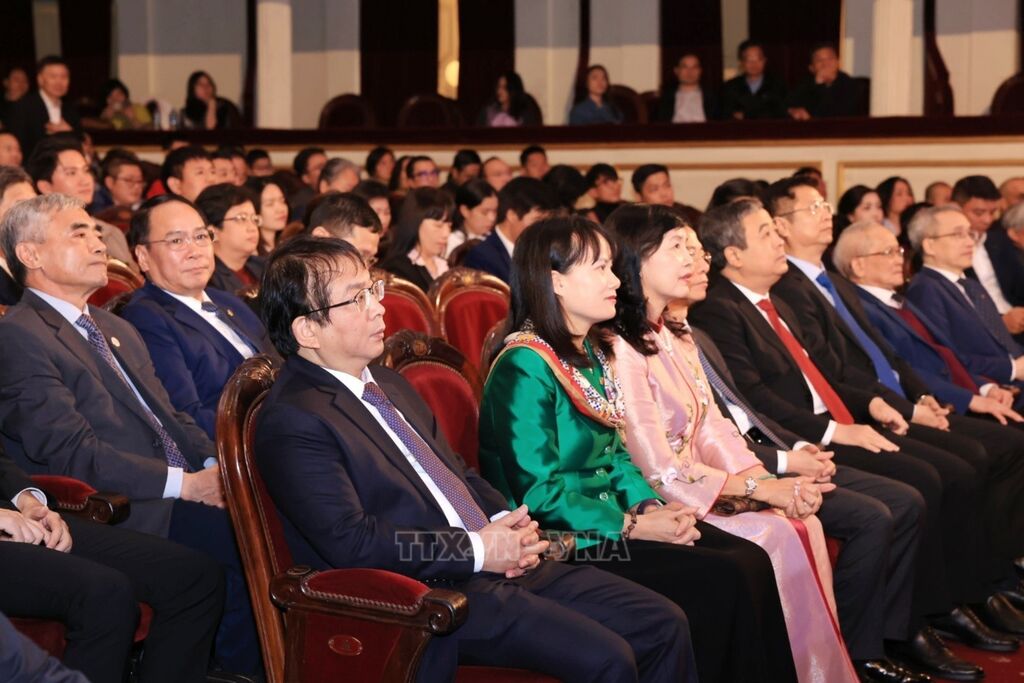

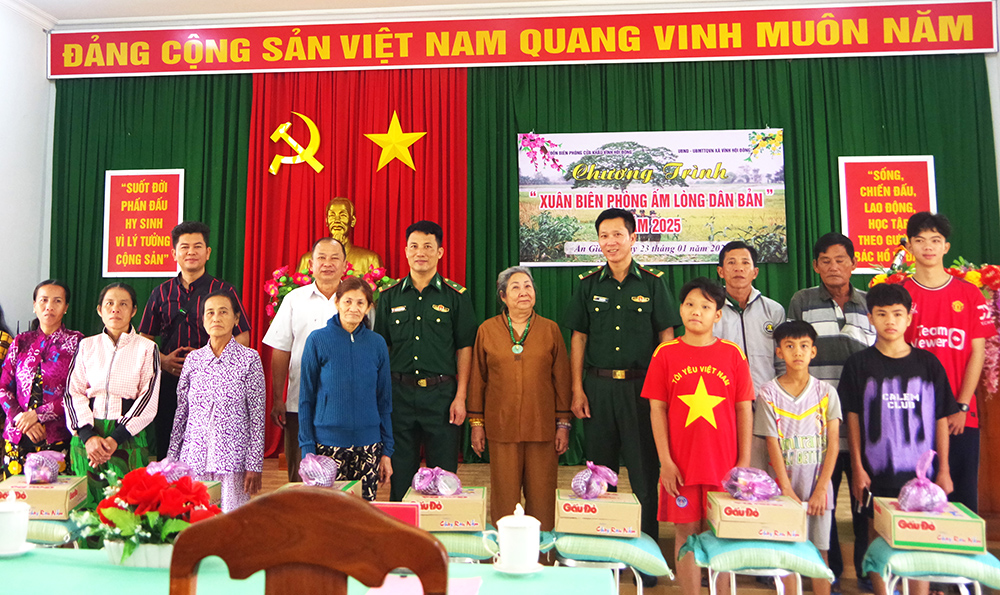










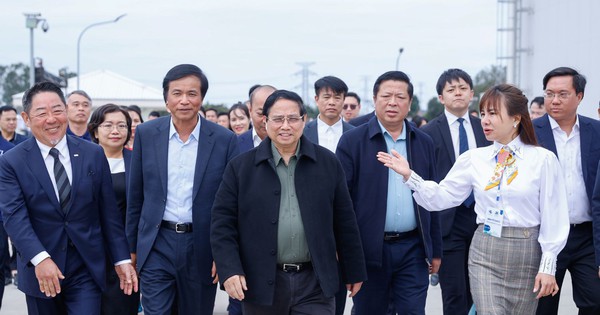
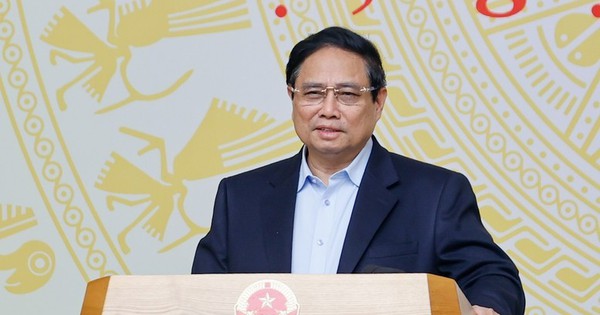




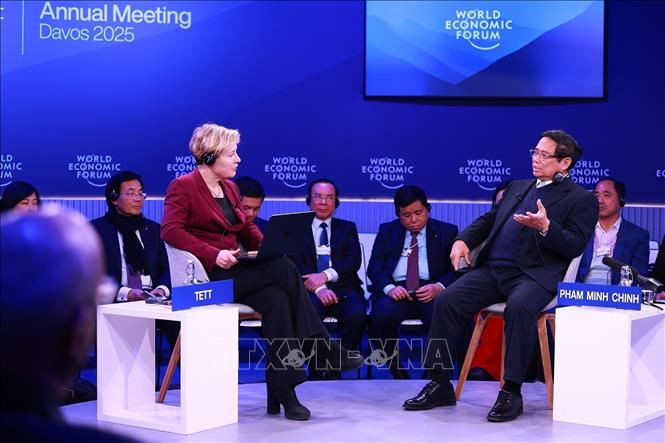
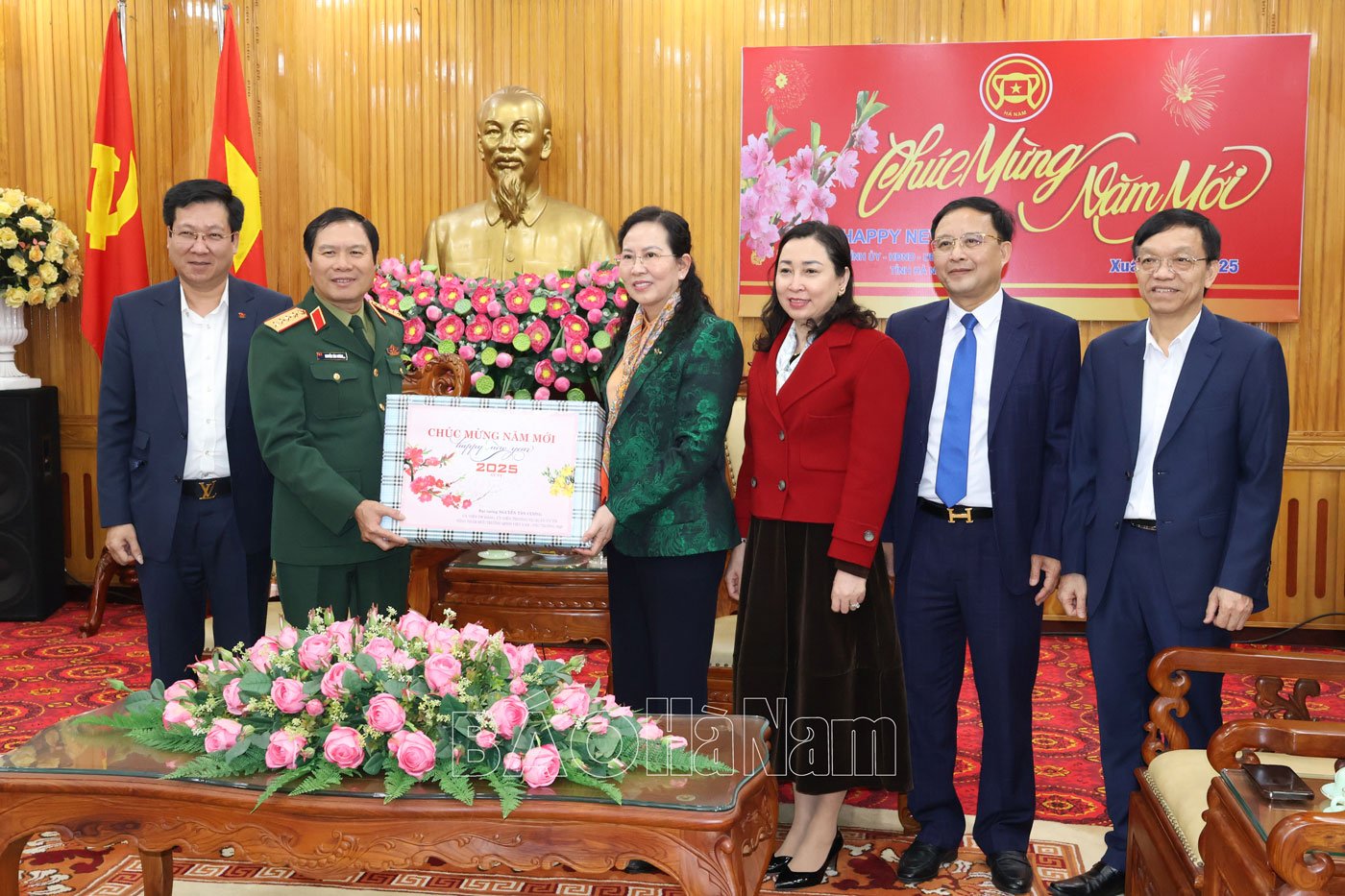
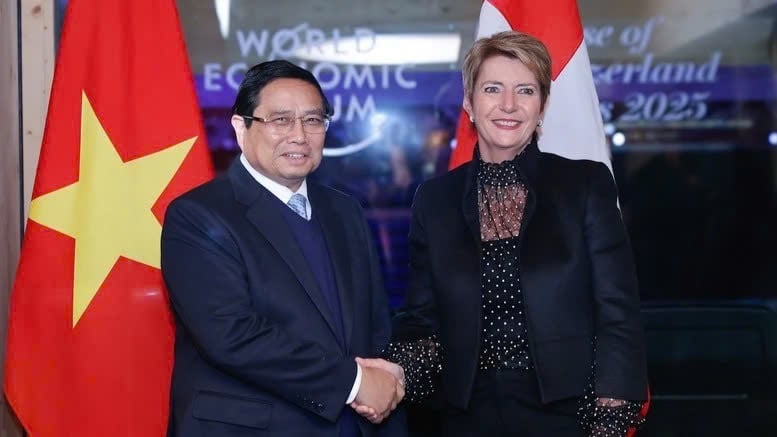
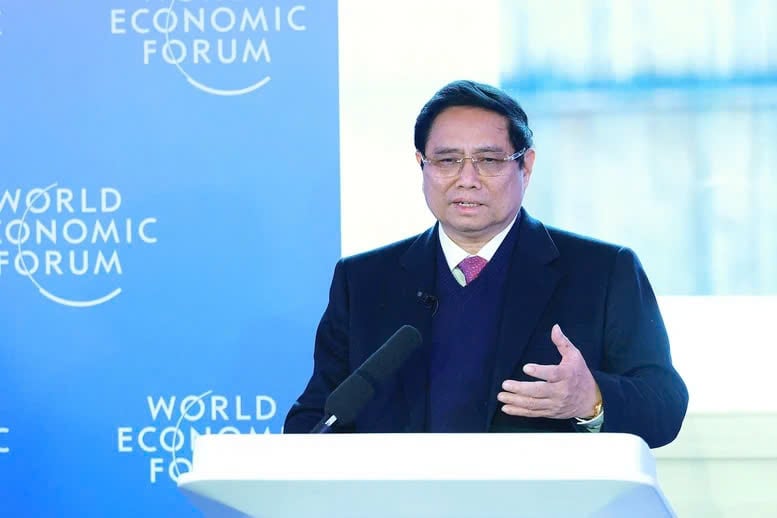
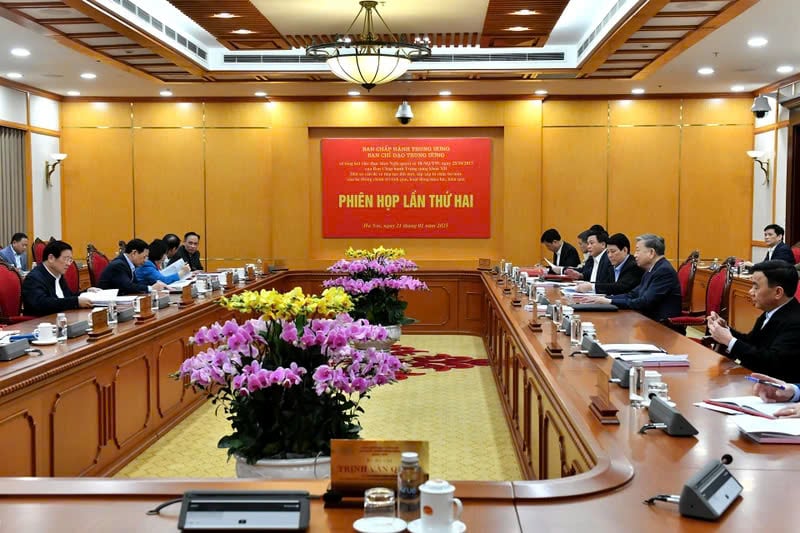





Comment (0)